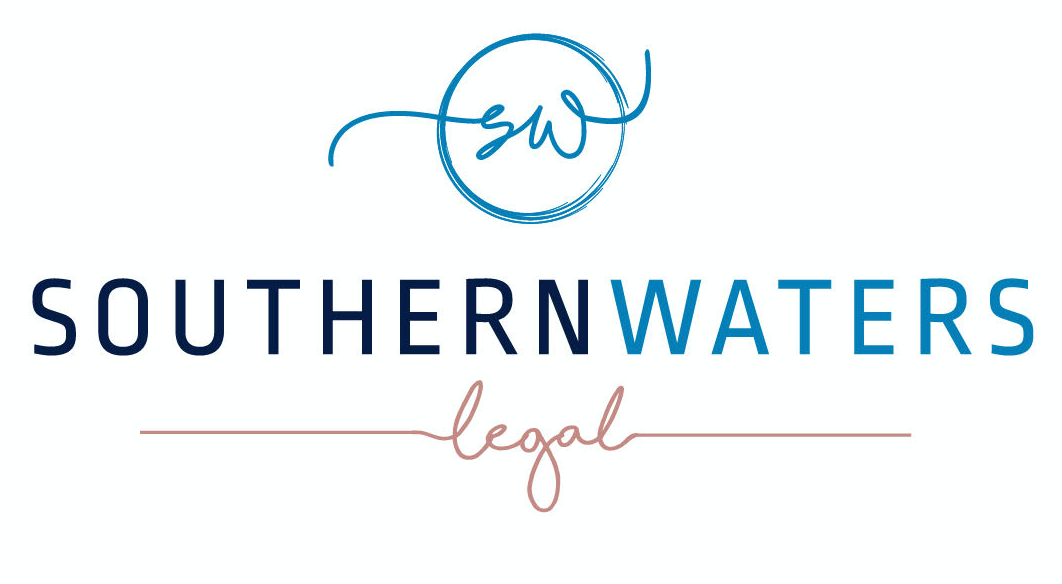6 Superannuation Tips for Contractors & the Self-Employed
1. Look after your future self
Superannuation is a way to save for your retirement. When you are a Contractor or Self-Employed, Superannuation is essentially your own obligation. There is no employer squirrelling away your 9.5% for you every pay run. Treat yourself as an employee and put Super away each year to ensure you can live comfortably in retirement.
2. Know the tax advantages
Income derived from your Super is taxed at 15%. Income you earn that is put into Super (up to certain contribution limits) is taxed at 15%. Putting money into Super can be very advantageous from a tax point of view. Further, if you own your own business there are very generous tax exemptions that may apply when you sell your business and put the proceeds towards Superannuation. Make sure you are aware of these when planning for the sale of your business.
3. Consider a Self-Managed Superannuation Fund (SMSF)
A SMSF is a Super fund where you get to choose how your retirement funds are invested. With most public funds usually invested in a mixture of shares (domestic and international), cash and retail property trusts, it is often the case that you may not have any idea where your retirement savings (Super) are invested. If you create a Self-Managed Super Fund you can decide where you would like your retirement savings to be invested, including purchasing properties that you choose and that will provide your SMSF with rental income.
4. Consider property as an investment
SMSFs can purchase property. A SMSF can hold residential or commercial property. It’s important to note that you can’t buy a residential property to live in, or for any family member to live in.
A great strategy is for an SMSF to buy a commercial property to lease back through their business. The benefit of this is that you are essentially paying rent to your future self.
You are able (subject to very specific requirements) to borrow money to purchase a property through your SMSF. There are also stamp duty concessions for transfers of commercial property you currently own into your SMSF.
5. Know your limits
For the financial year 2014/2015 – the maximum Concessional contribution (essentially pre tax) is $30,000 and if you are aged 49 or over on 30 June, or if you are aged 59 or over on 30 June 2013, the maximum contribution is $35,000. The maximum non-concessional contribution (essentially post tax) is $180,000, but you have the ability to contribute 3 years in one go, if you would like.
Don’t leave it until the last minute of a financial year to make contributions. Allow sufficient time for payments to be processed by your fund.
6. Integrate your Superannuation into your business planning
Business planning should be an integral part of your business. By understanding both your private and business goals, you can then develop an action plan, which focuses on achieving these goals. It will also help minimise any risks you may have with your business and the undue stress related to such risks later on.
By thinking about your Superannuation and integrating it within your business planning, you will ensure that you have some form of asset/income once you retire.
If you would like any advice on setting up a SMSF or planning for your future, call Simon Bennett on (02) 9523 5535.










Leave a Reply
Want to join the discussion?Feel free to contribute!